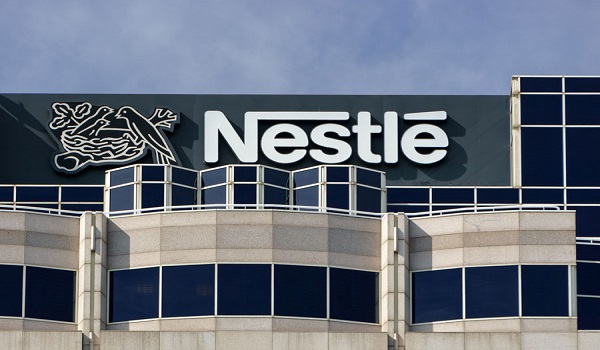Nestlé, one of the world’s largest food and beverage companies, has announced significant changes to how it reports the nutritional quality of its products, following sustained pressure from investor coalition ShareAction.
The decision comes after criticism that Nestlé’s portfolio—home to brands like Nescafe, Hot Pockets, and DiGiorno—relied too heavily on products not aligned with health-oriented benchmarks. Starting with its next non-financial report, the company will align its data with the Access to Nutrition Initiative, a global effort aimed at improving food system health.
Nestlé will also adopt a sales-weighted average nutrition score for relevant product categories and its total food and beverage portfolio. The company plans to continue using the Health Star Rating system as a benchmark.
Investor advocacy group ShareAction previously criticized Nestlé for classifying items such as coffee, infant nutrition, and milk formula under its “nutritious” category—products not subject to or validated by the Health Star Rating system. The group urged Nestlé to set more ambitious goals to increase the share of sales from health-promoting products.
Although Nestlé’s shareholders voted against a proposal to formally set these targets, CEO Laurent Freixe met with ShareAction investors in late 2024 and committed to more transparent reporting. “For us to succeed, transparent discussions with stakeholders are a must,” Freixe said in a recent LinkedIn post.
ShareAction welcomed the change. “It sends a powerful message that the biggest food company in the world is setting a high standard for the industry on health and nutrition reporting,” said Garance Boullenger, who leads the group’s healthy markets initiative. She called on other companies in the sector to follow suit.
Consumers and investors alike are increasingly demanding accountability from food producers as poor diets continue to contribute to chronic diseases like diabetes and cardiovascular illness. The World Obesity Organization projects that the economic burden of obesity and overweight could exceed $4 trillion by 2035.
In 2023, Nestlé estimated that 37% of its net sales (excluding pet care and specialized nutrition) came from products rated “healthy” under the Health Star Rating system. Conversely, 43% of sales came from items that should be consumed occasionally or that require nutritional improvements.
To address this, Nestlé has pledged to grow its sales of more nutritious products by roughly $5.5 billion to $7.3 billion by 2030—a 50% increase over its 2022 figures.
Freixe expressed hope that Nestlé’s actions would encourage industry peers to reassess their practices, adding, “We hope others in the food industry will consider following our lead.”
Outline:
- Headline and Lead: Introduction of Nestlé’s new approach to nutrition reporting.
- Background: ShareAction’s critique of Nestlé’s current reporting standards.
- Company Response: Details of Nestlé’s revised reporting strategy.
- Investor Influence: How ShareAction and stakeholders pushed for change.
- Industry Context: The broader pressure on food manufacturers to promote health.
- Data and Targets: Nestlé’s current nutrition metrics and future goals.
- Industry Implications: The signal Nestlé sends to other major food companie


